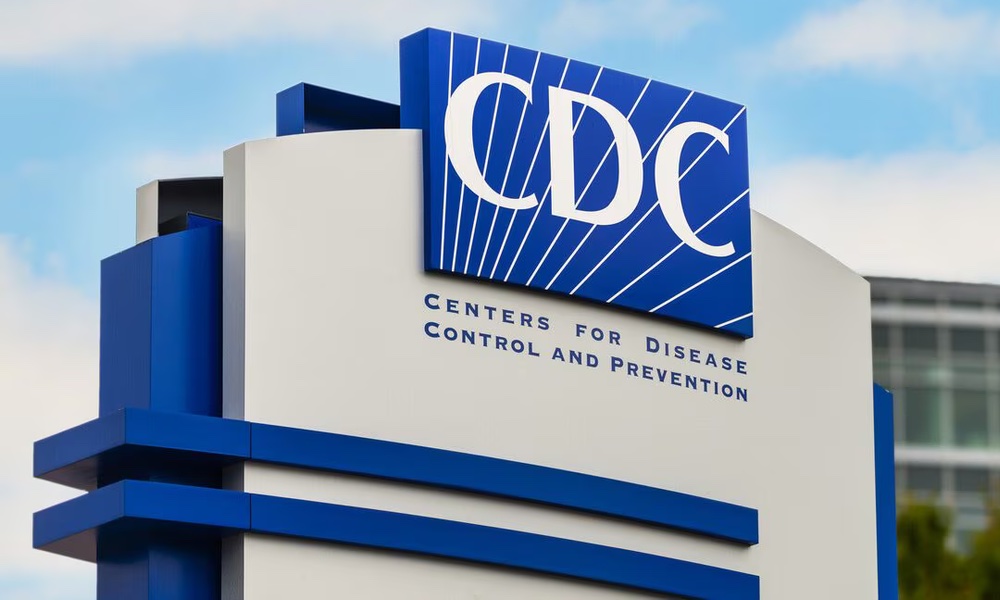Dr. Kraig is the William D. Mabie Professor in the Neurosciences and Director, The Migraine Headache Clinic at The University of Chicago Medical Center.
A migraine is a very painful type of headache. People who get migraines often describe the pain as pulsing or throbbing in one area of the head. During migraines, people are very sensitive to light and sound. They may also become nauseated and vomit. Doctors used to believe migraines were only linked to the opening and narrowing of blood vessels in the head. Women are three times more likely to experience migraines than are men.
Some people can tell when they are about to have a migraine because they experience an aura - they see flashing lights or zigzag lines or they temporarily lose their vision. The following is a case example of a woman with migraine preceded by an aura.Doctors used to believe migraines were only linked to the opening and narrowing of blood vessels in the head.
A Typical Case
A woman, age 36, has suffered for years from terrible headaches that occur several times a year and are frequently accompanied by nausea and vomiting. The headaches often begin with changes in vision, typically after several hours of feeling vaguely unwell. She describes the vision problems as shimmering lines of light and dark, which slowly expand and migrate to one side of her field of vision. They last 15-20 minutes. Occasionally, she feels tingling and numbness that begin in her thumb and corner of her mouth and last 20-30 minutes.
Her headaches typically begin 30-40 minutes after these other symptoms and are often, but not always, focused on one side of her head. She describes the headache itself as throbbing, with light and sound sensitivity. Her attacks often occur along with stress. The headache pain is worsened by cough and her face and scalp are sensitive to touch.
Doctors used to believe migraines were only linked to the opening and narrowing of blood vessels in the head. But now, given that migraines are more common in people with epilepsy in their families, they believe the cause is related to genes that control the activity of some brain cells, which then triggers changes that can include alterations in blood vessels and head pain.
The Phases of Migraine
Primarily characterized by headache, migraines can also be accompanied by various neurological, gastrointestinal and other symptoms. Migraines typically arrive in three phases: aura (discussed below), headache and then resolution. Not all migraines include an aura phase.
A person is diagnosed as having migraine when they have:
- At least five attacks of head pain
- Headache episodes lasting 4-72 hours; and
- Pain with at least two of the following characteristics: origin on one side of the head, pulsation, moderate to severe intensity and aggravated by light and physical activity such as walking or climbing stairs.
- During the headache, at least one of the following symptoms occurs - nausea, vomiting, light sensitivity and sound sensitivity.
- Head pain that cannot be attributable to another disorder
The headaches themselves can last from a few hours to a few days.
Spreading Depression of a Different Kind
As mentioned above, the causes of both migraine and its aura remain somewhat mysterious. The current scientific consensus is that a phenomenon called "spreading depression" (SD) is implicated, both in migraine aura and in migraine pain. SD is not depression in the psychological sense, but a gradually spreading decrease in nerve activity throughout parts of the brain. Originally described in 1944, aspects of SD have been detected in human brain using MRI scanning.
The hallmark of SD is this slow spread of decreased neural activity. No other brain process moves this slowly. Like an epileptic seizure, SD begins with a flurry of increased neuronal activity. The flurry of neuronal activity seen at the beginning of SD is reminiscent of the onset of seizures except that, with SD, the volume of brain tissue affected is likely to be considerably larger.
What Triggers Migraines?
Why does this spurt and then reduction in neural activity occur? Some people who suffer from migraines often report that they are triggered by certain foods, a lack of sleep, caffeine, hormonal changes, alcohol or even dehydration. So an important aspect of living with migraine is called "trigger avoidance." The idea is to identify and avoid things that seem to set off an attack of migraine in an individual.
Drug Treatments
There are several different kinds of drugs that are used to prevent migraine. Most have been found by trial and error and exactly how they work is not well understood, and in fact, the different classes of drugs work differently.
- Topiramate (Topamax®) and valproate (Depakote®) are drugs used to treat epilepsy and are often used to treat migraines.
- Propranalol (Inderal®) is a beta-blocker used for hypertension and heart disease.
- Amitriptyline is a tricyclic reuptake inhibitor, better known as Elavil®. It is an antidepressant.
Non-steroidal anti-inflammatory drugs are probably the most widely used drugs to treat acute migraines. The steroid prednisone is used rarely, very carefully and in rapidly tapering doses.
People with migraine pain may be treated with drugs specifically for migraine, such as those mentioned above or nonspecific drugs such as ordinary over-the-counter (OTC) painkillers and opioids such as oxycondone, fentanyl and others. Nonspecific drugs control many kinds of pain, while specific medications are effective in migraine attacks but not for most other kinds of pain. Serotonin receptor drugs (triptans) can be very effective, leading to the theory that migraine is related to serotonin levels in the brain.
Conclusion
Migraine is a surprisingly common neurological disorder that affects a sizeable minority of the U.S. population. It is more common in adults than children and in women than men. While researchers have some idea of what happens within the brain during migraine attacks, much remains to be discovered about its underlying causes and mechanisms. There is no cure, but lifestyle adjustments (such as getting enough exercise, not skipping meals, getting adequate sleep and moderate and spaced use of caffeine) can help reduce the likelihood of migraine. In addition, treatment focuses on avoiding those things that seem to trigger attacks, identifying drugs that prevent or reduce the severity of attacks and drugs that reduce the intense pain of a severe attack. The good news is that several classes of drugs are effective for different kinds of migraine and most migraine sufferers can work with their doctor to minimize migraine's effects.




